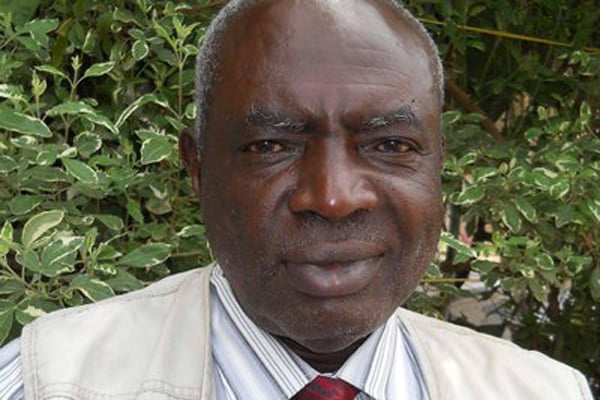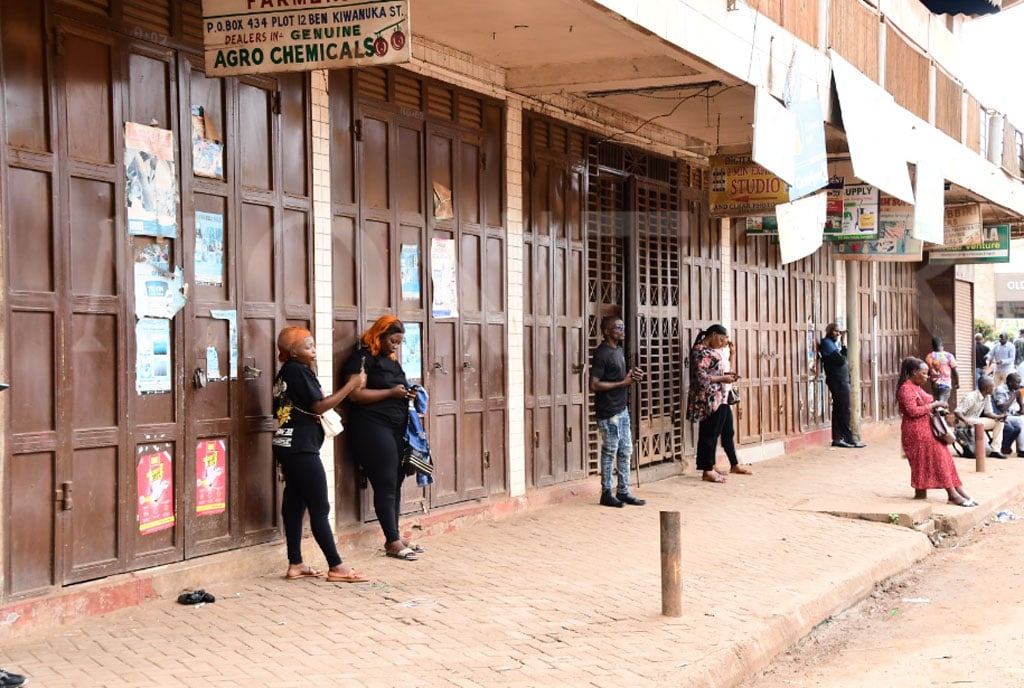Farmers can feed themselves better if taught what to do

Author, Michael J Ssali. PHOTO/FILE
What you need to know:
- Every ethnic community in Uganda has indigenous fruits, vegetables, and other food crops that have disappeared.
The big irony is that much as our country is praised for its good climate and naturally fertile soils the government spends a lot of money on treating malnutrition related illnesses.
According to United Nations Children’s Fund (Unicef), more than one third of all young children –2.4 million—are stunted. Half of children under five and one quarter of childbearing-age women are anaemic.
Some of the reasons for child malnutrition have to do with failure by some women to provide sufficient breastfeeding to their babies but in the majority of cases it is a question of families being either too poor or not knowing to give their children a healthy diet.
A 2012 study titled “Cost of Hunger in Uganda” estimated the health cost of children’s under nutrition related illnesses (for under five) to be more than Shs525b that was used to treat under nutrition and associated illnesses.
It is also estimated that under nutrition costs Uganda Shs1.8t, which is the equivalent of 5.6 percent of its GDP annually.
Such observations should be clear indicators that something is wrong with the capacity of our food system to provide food security and dignified livelihoods.
If close to 80 percent of our people are farmers, why then is there a shortage of nutritious food for them to eat?
Our country, traditionally, used to be rich in biodiversity and we had lots of different local food crops, wild food plants and livestock breeds which have been ignored by modern agricultural research and are fast disappearing.
More attention is now paid to just a few food crops with a view to increase household incomes without giving enough thought to what the farmers ought to learn about healthy feeding and how to produce the required foodstuffs.
Every ethnic community in Uganda has indigenous fruits, vegetables, and other food crops that have disappeared.
At St Jude Agricultural and Vocational Institute in Masaka District recently farmers’ groups were taken to a local crops seed bank where seeds of more than one hundred different crops are preserved. Every effort should be made to interest our farmers in our traditional food crops.
Mr Michael Ssali is a veteran journalist,
[email protected]



